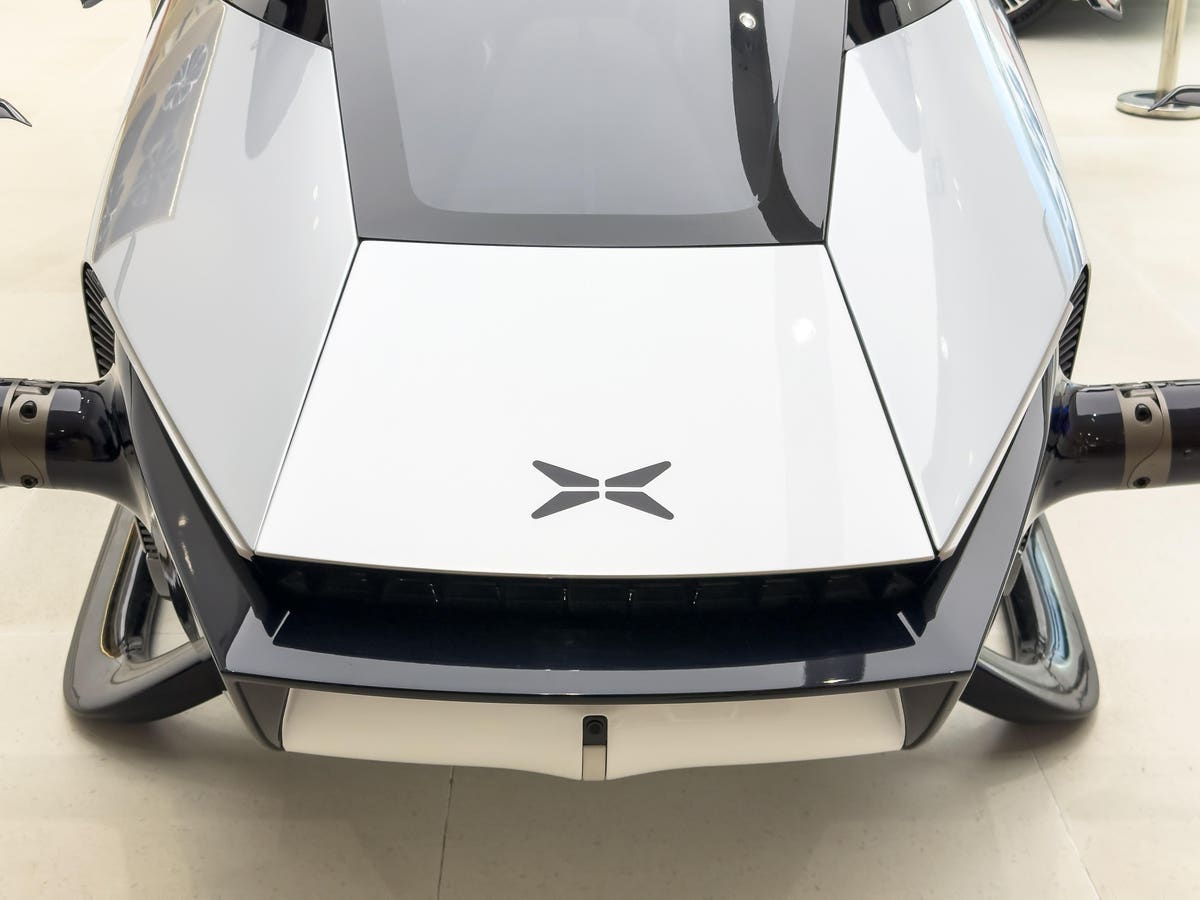Chinese luxury electric vehicle maker Xpeng stock has seen its stock fare well, rising by almost 60% year-to-date. Xpeng had a stellar October, with deliveries coming in at 20,002 vehicles for the month, up 292% compared to last year and a gain of 30% compared to the previous quarter. Growth was driven primarily by the G6 Ultra Smart Coupe – the company’s latest (fifth) model, which goes head to head-with Tesla’s
TSLA
Despite the recent strength, XPEV stock has suffered a sharp decline of 65% from levels of $45 in early January 2021 to around $15 now, vs. an increase of about 15% for the S&P 500 over this roughly 3-year period. However, the decrease in XPEV stock has been far from consistent. Returns for the stock were 18% in 2021, -80% in 2022, and 60% in 2023. In comparison, returns for the S&P 500 have been 27% in 2021, -19% in 2022, and 13% in 2023 – indicating that XPEV underperformed the S&P in 2021 and 2022.
In fact, consistently beating the S&P 500 – in good times and bad – has been difficult over recent years for individual stocks; and even for the megacap stars GOOG, TSLA, and MSFT.
In contrast, the Trefis High Quality Portfolio, with a collection of 30 stocks, has outperformed the S&P 500 each year over the same period. Why is that? As a group, HQ Portfolio stocks provided better returns with less risk versus the benchmark index; less of a roller-coaster ride as evident in HQ Portfolio performance metrics.
Given the current uncertain macroeconomic environment with high oil prices and elevated interest rates, could XPEV face a similar situation as it did in 2021 and 2022 and underperform the S&P over the next 12 months – or will it see a recovery?
The near-term demand picture in the global EV market appears mixed, with most mainstream automakers, including Volkswagen, Mercedes, and GM indicating a softer-than-expected uptake. Automotive chip suppliers have also flagged weaker-than-expected uptake for automotive semiconductors for the fourth quarter. However, demand doesn’t appear to be an issue in China. Fully battery electric vehicles accounted for about 25% of the country’s automotive sales during the month of September. That being said, competition is mounting and this has resulted in considerable price wars, reducing Xpeng’s pricing power. Xpeng’s financial performance has also been tough. For Q2, the company posted its widest-ever net loss since going public, while its vehicle gross margins came in at negative 8.6%, down from 9% in the year-ago period. Q3 results are due next week and we could see some improvement, given the company’s growing volumes.
While Xpeng stock trades at about 3.4x forward revenues, ahead of even Li Auto, which is a faster-growing company, there are some positives for Xpeng. Xpeng is seen as a strong player in the self-driving software space. The company recently unveiled its advanced driver assistance system, with plans to introduce an AI Valet Driver to select customers this year. The company is slated to launch the new flagship X9 seven-seater multi-purpose vehicle that features a futuristic design and this new vehicle could drive incremental volumes and help average pricing. Separately, Xpeng also saw Volkswagen, one of the world’s largest automakers, invest $700 million in the company for a 5% stake in the previous. The two companies will also co-develop two mid-sized VW-branded EVs in a strategic partnership. This is seen as a vote of confidence for Xpeng’s capabilities and market access. See our analysis of Nio, Xpeng & Li Auto: How Do Chinese EV Stocks Compare? for a detailed look at how Xpeng stock compares with its rivals Li Auto and Nio.
Invest with Trefis Market Beating Portfolios
See all Trefis Price Estimates
Read the full article here





